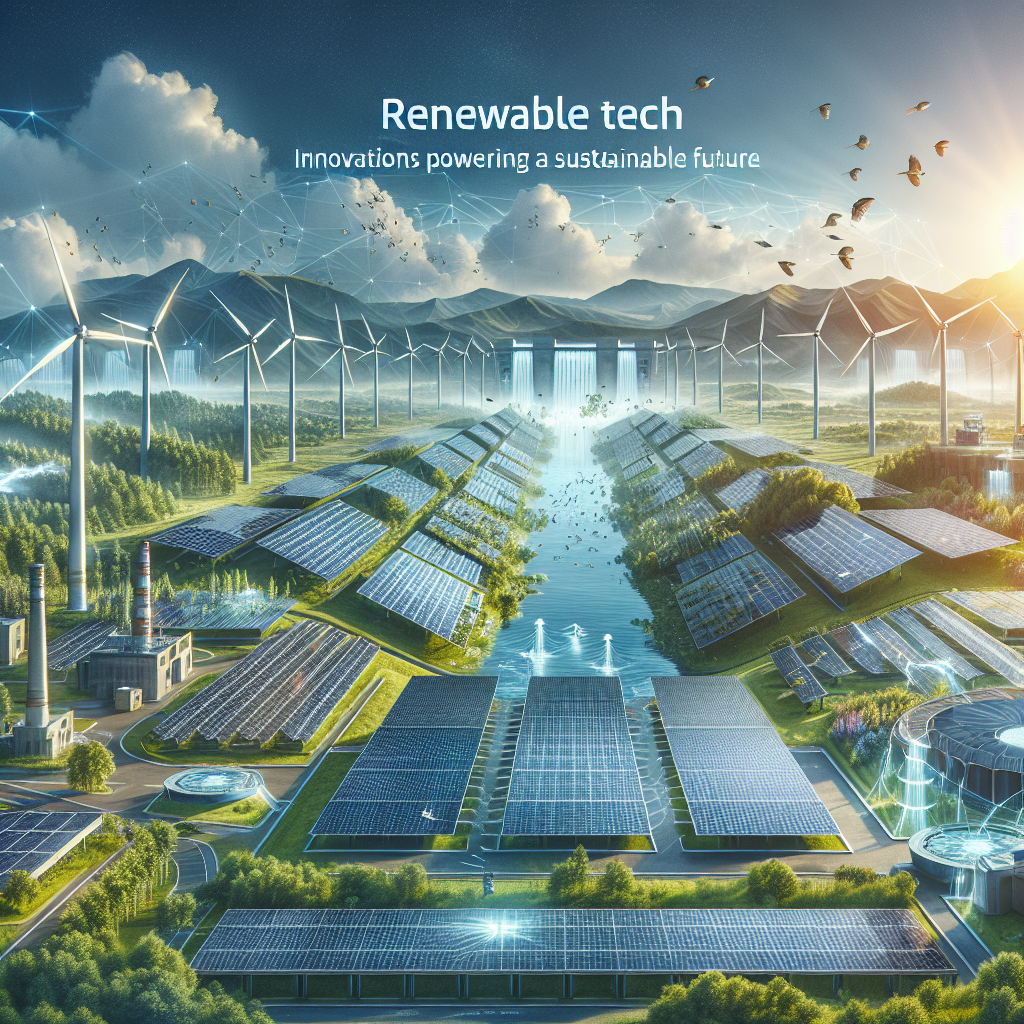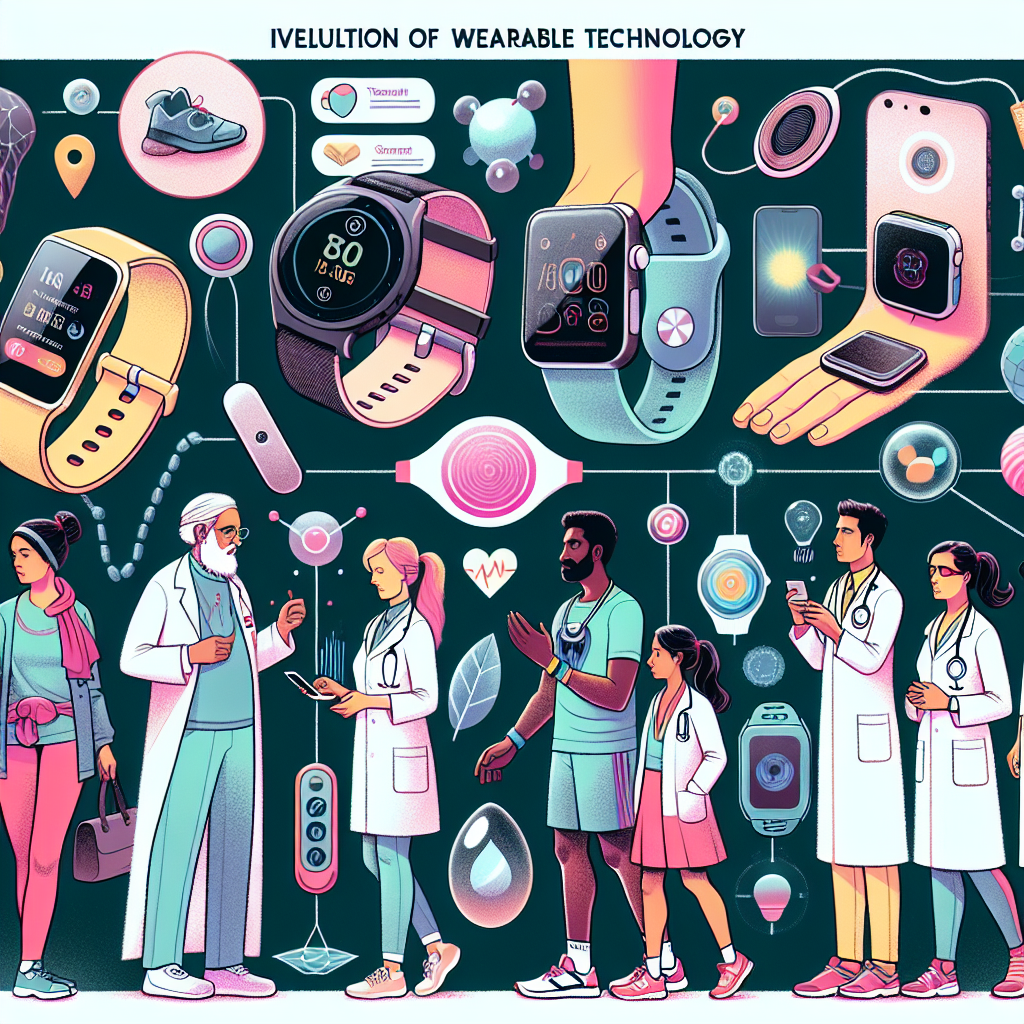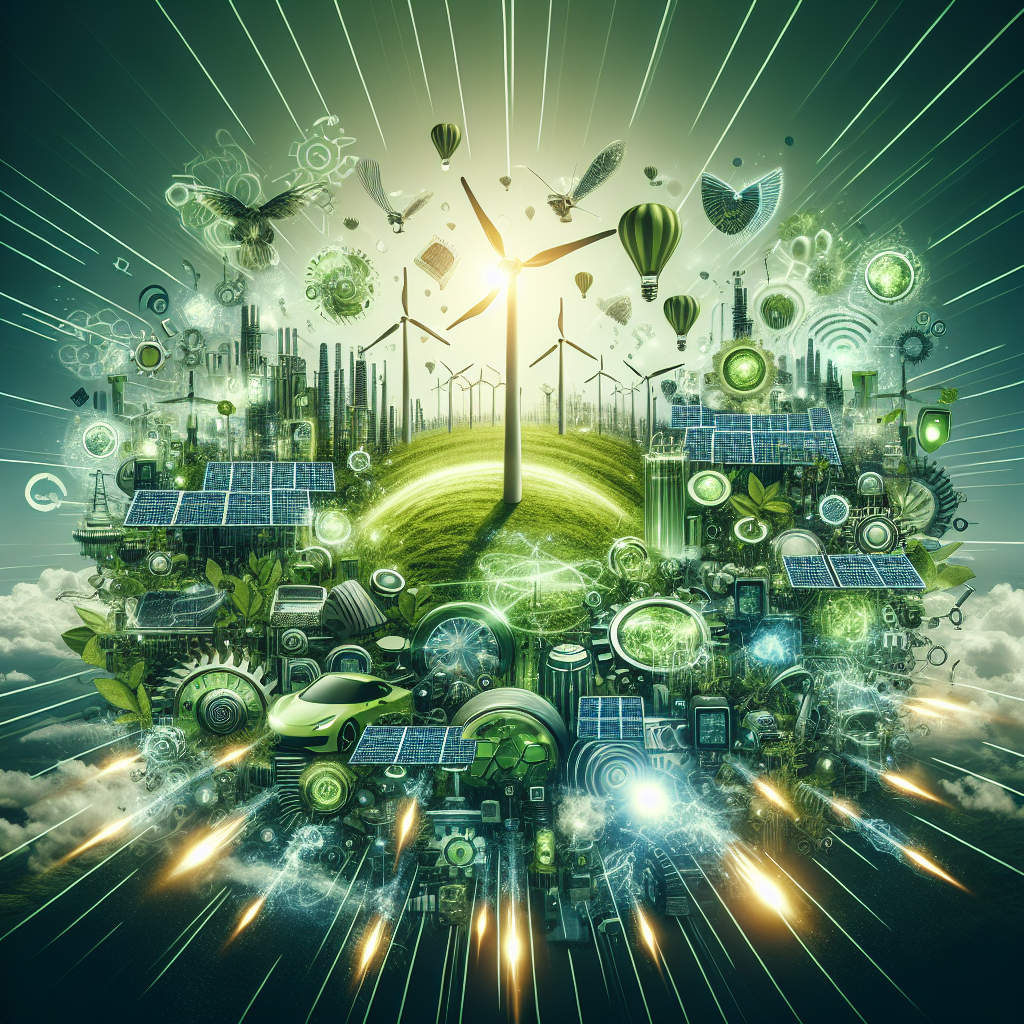The global march toward a sustainable future is increasingly defined by innovations in renewable technology. As the world grapples with the dual challenges of climate change and energy security, renewable tech innovations are emerging as powerful tools that promise not only to reduce greenhouse gas emissions but also to transform economies and societies. Here’s a look at some of the cutting-edge developments paving the way for a cleaner, more resilient future.
Solar Power: Beyond Traditional Panels
Solar power, once synonymous with rooftop panels, has seen groundbreaking advancements. Perovskite solar cells, touted for their efficiency and flexibility, are revolutionizing the industry. Unlike traditional silicon-based panels, perovskite cells can be applied in thin layers anywhere—from windows to tents—transforming everyday surfaces into energy generators.
Moreover, the advent of bifacial solar panels, which capture sunlight on both sides, has increased energy capture by 10-20%, making solar farms even more productive. Furthermore, solar skin technologies allow solar panels to blend aesthetically with building materials, overcoming hurdles related to visual impact and opening up new applications in urban landscapes.
Wind Energy: Harnessing Nature More Effectively
Wind power technology has also seen significant strides. Innovative designs like vertical-axis wind turbines, which can generate power irrespective of wind direction, are gaining traction. These are particularly useful in urban areas where wind patterns can be unpredictable.
Additionally, offshore wind farms are being constructed with larger, more efficient turbines capable of generating more power than ever before. These installations tap into stronger and more consistent wind speeds found at sea, with some projects like the Dogger Bank Wind Farm aiming to power millions of homes with its cutting-edge technology and scale.
Energy Storage: Solving the Intermittency Problem
One of the critical challenges of renewable energy has been its intermittent nature—solar and wind only produce power when the sun is shining or the wind is blowing. However, advancements in battery technology are helping to bridge this gap. Lithium-ion batteries, while still prevalent, are being surpassed by newer technologies like solid-state batteries and flow batteries, which offer longer lifespans and higher energy densities.
Moreover, thermal and kinetic energy storage solutions, such as molten salt and gravity batteries, are being explored for large-scale grid applications. These innovations allow excess energy generated during peak production periods to be stored and then released when demand is high, ensuring a reliable energy supply.
Bioenergy: Turning Waste into Resource
Bioenergy, derived from organic materials, presents a dual benefit: providing renewable energy while managing waste. Innovations in biogas production are enabling the conversion of agricultural, industrial, and municipal waste into clean energy. Techniques such as anaerobic digestion are improving efficiencies, making bioenergy a viable supplement to traditional renewables.
Additionally, advancements in algae-based biofuels are promising. These next-generation biofuels offer a higher yield than traditional crops and do not compete with food production, pushing the boundaries of what bioenergy can achieve in terms of sustainability and scalability.
The Smart Grid: Integrating Innovations Seamlessly
The integration of these renewable technologies is facilitated by the smart grid. AI and machine learning are being leveraged to balance supply and demand dynamically, predict maintenance needs, and optimize energy flows. This ensures that renewable innovations can be utilized efficiently, reducing waste and enhancing reliability.
Smart grids also facilitate distributed generation, where small-scale renewable systems, such as home solar panels with battery backup, contribute to the grid. This decentralization of energy production increases resilience, as communities become less reliant on large, centrally located power plants.
Conclusion
The evolution of renewable technology is a testament to human ingenuity and the relentless pursuit of a sustainable future. As these innovations continue to mature and integrate, they bring us closer to a world where clean energy is the norm rather than the exception. With continued investment, research, and supportive policy frameworks, the dream of a sustainable, renewable-powered world is within our grasp. Embracing these technologies not only fosters environmental stewardship but also drives economic growth and energy security, proving that sustainability and progress can go hand in hand.














Leave feedback about this
You must be logged in to post a comment.